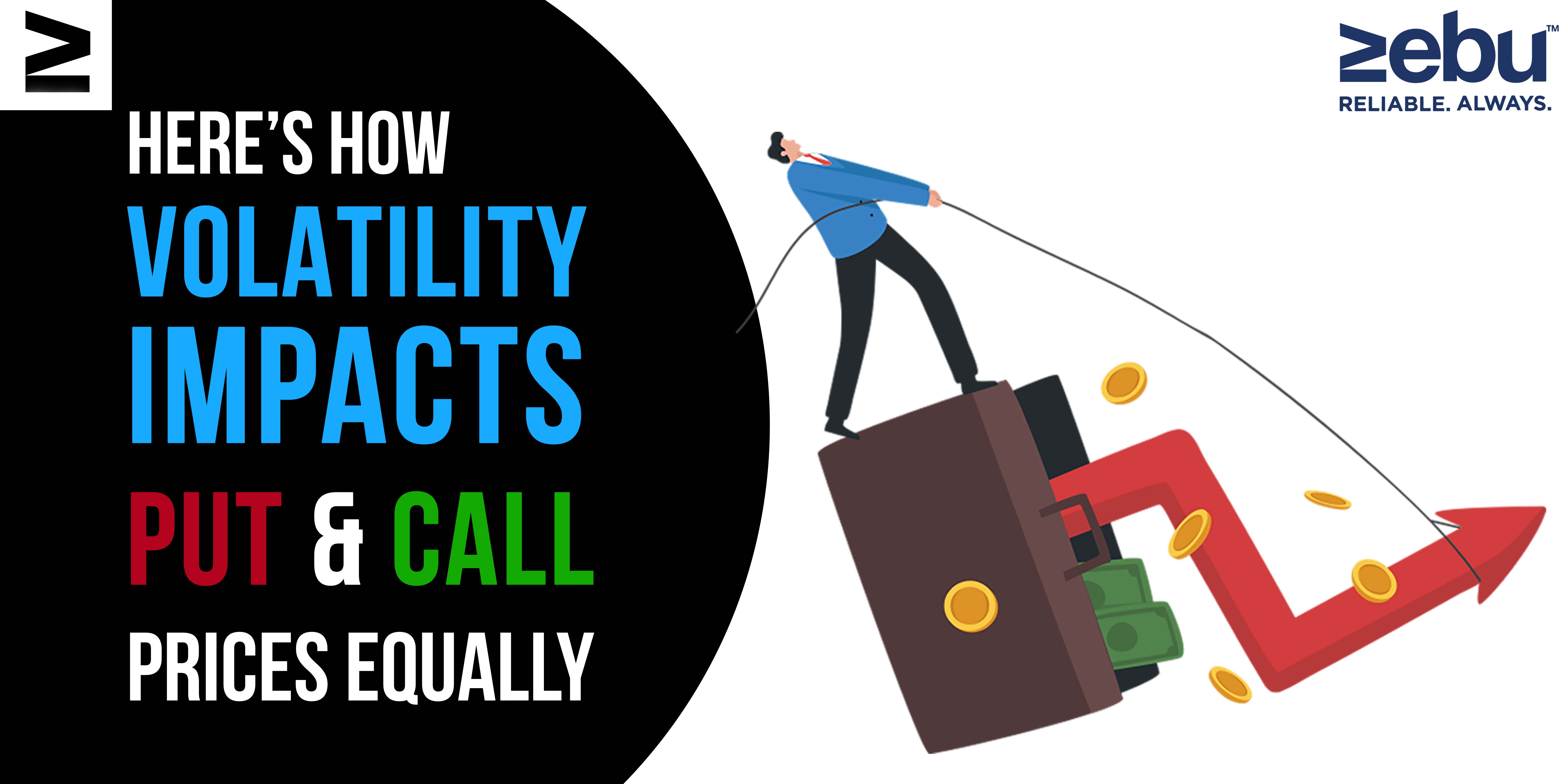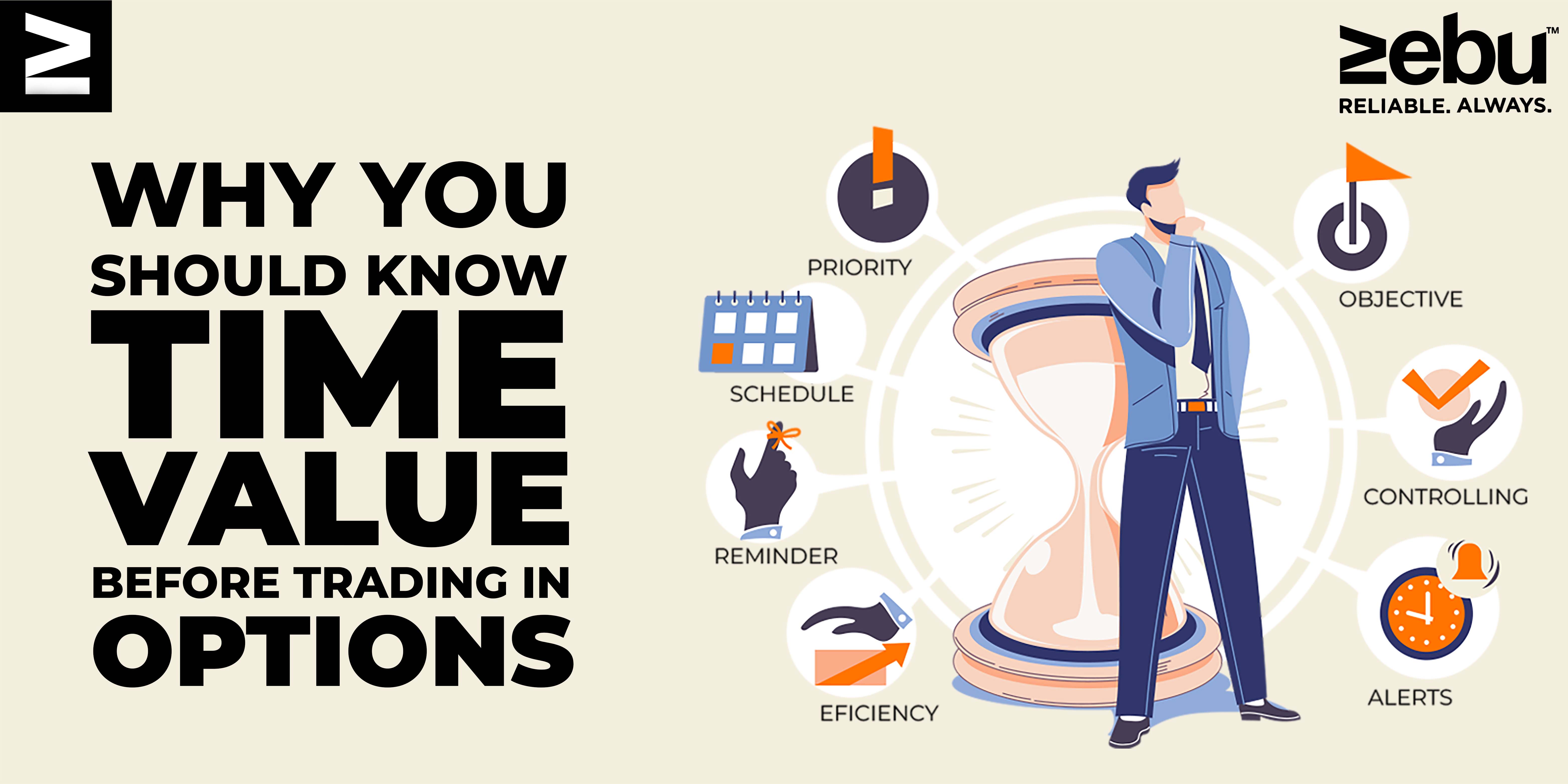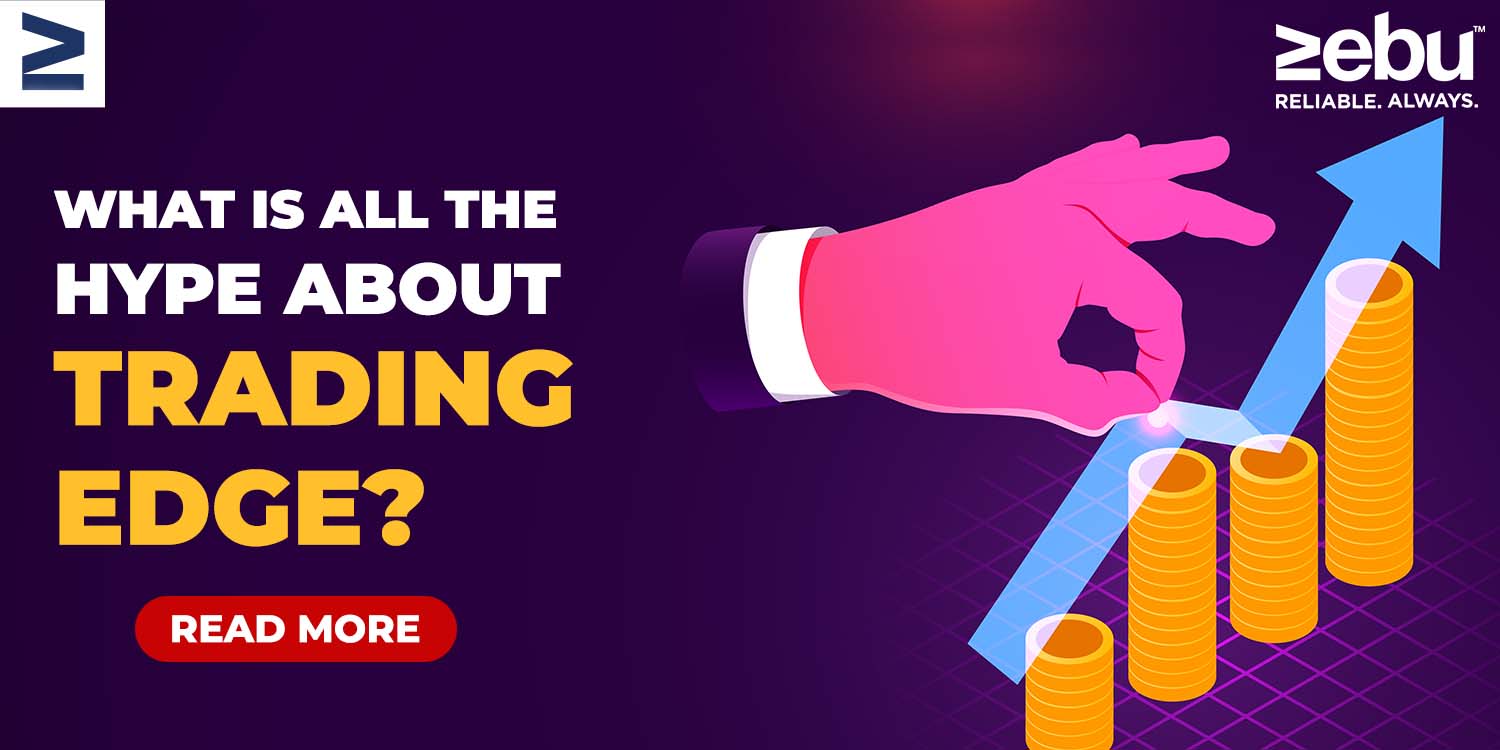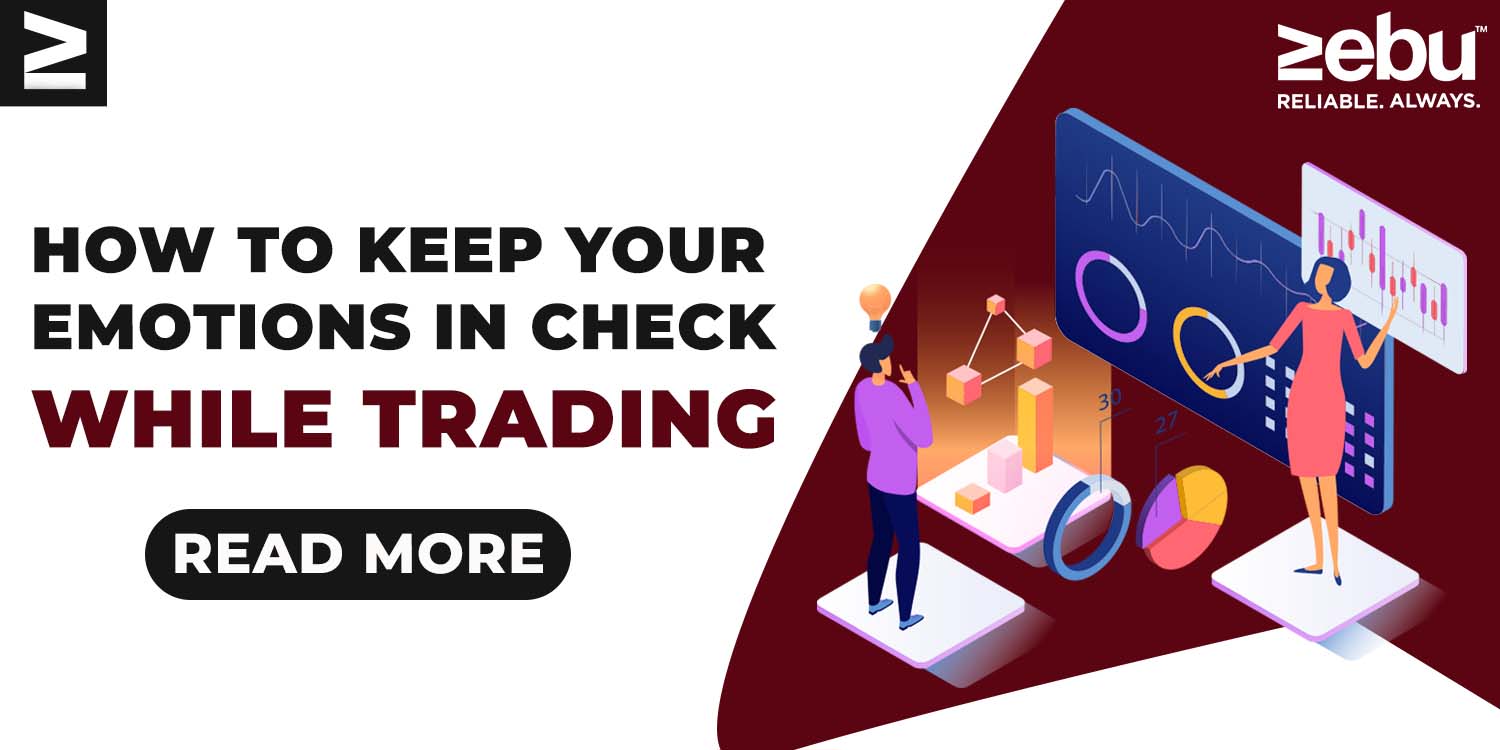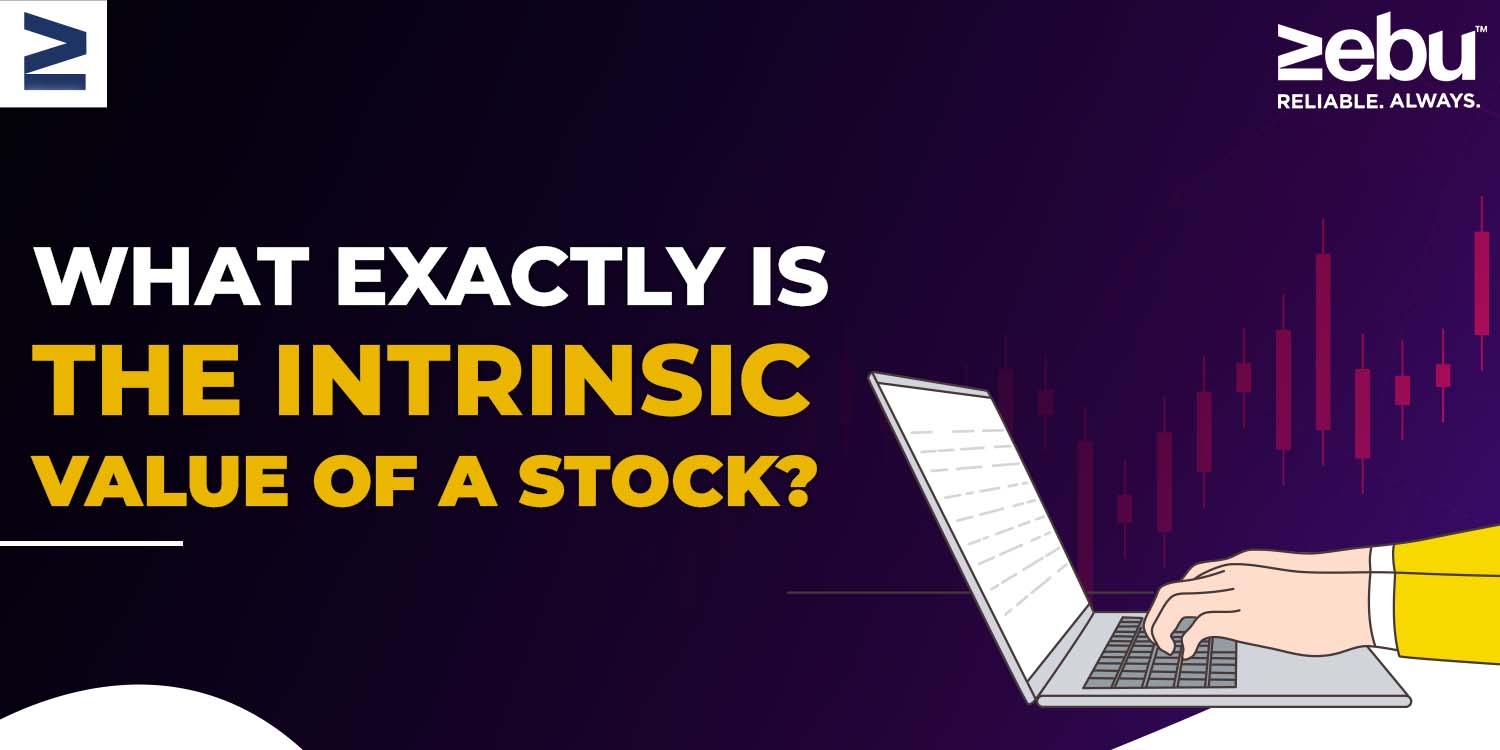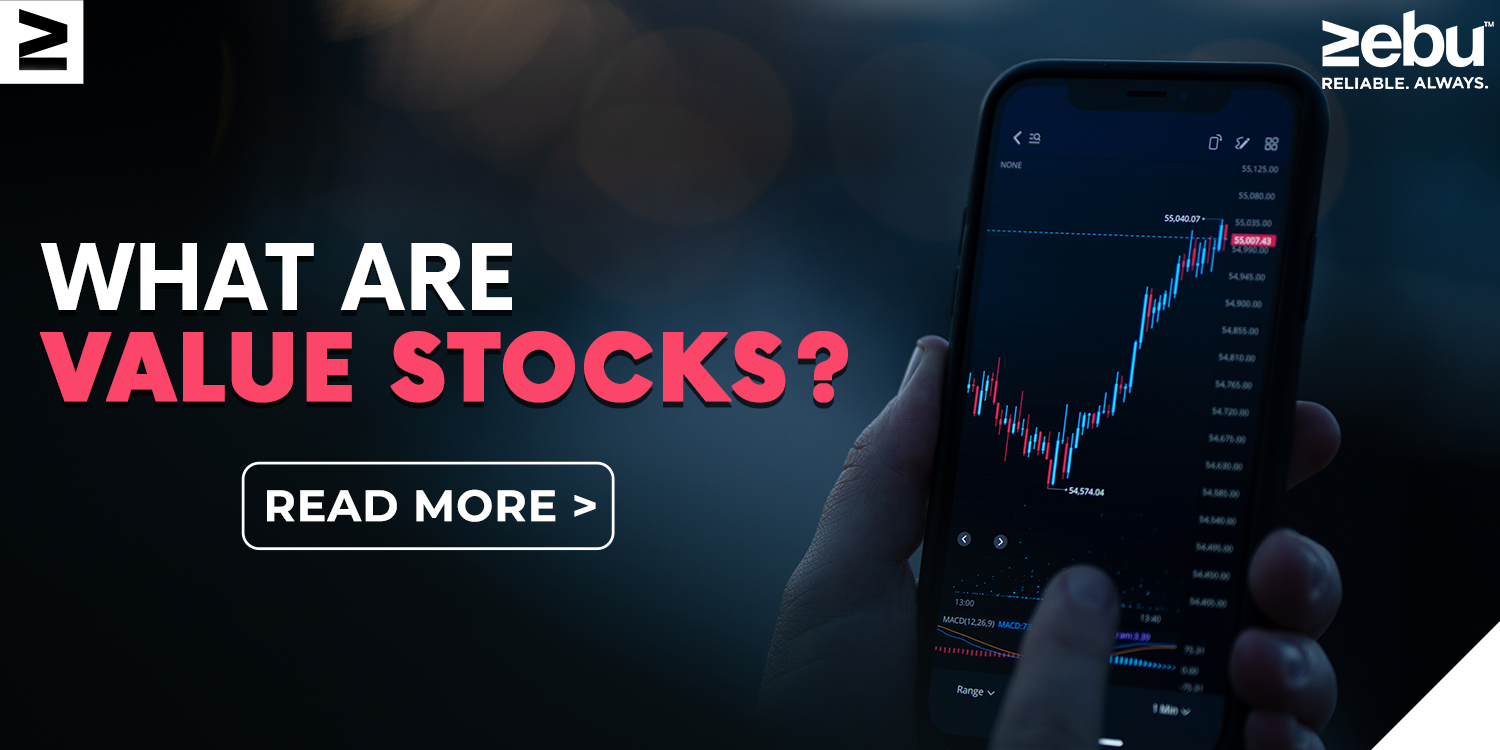
Growth stocks are companies that have a lot of room to grow. By buying shares in these kinds of companies, investors can make a lot of money through capital appreciation. However, investing in growth stocks requires the right research before you can buy them.
Features
People who like to take risks and want to make a lot of money on their investments should buy growth stocks. By looking at the following things, investors can easily find the best growth stocks and the companies that make them:
Price to earnings ratio
On the market, companies with a lot of growth potential are found, and shares of those companies have a high bid value. These companies’ growth stocks have a high price-to-earnings (P/E) ratio, which means they give a high return on total investment.
People see a company’s full potential and think it will grow at a fast rate in the future if it has a high price-to-earnings ratio. But in some situations, a high P/E ratio can be misleading because it could mean that a business is overvalued. The performance of these kinds of businesses is caused by a boom, persistent inflation, or the growth of a financial bubble.
One of the first things that the best growth stocks in India tend to have is a ratio of 1 or more.
Price earnings to growth ratio
Because the P/E ratio has some limitations, investors in India also look at the price-earnings to growth ratio to tell growth shares from standard equity shares. The main benefit of the PEG ratio over the P/E ratio is that it takes into account how much a company’s total earnings per share are growing each year.
PEG Ratio = Market value of unit shares divided by the growth rate of earnings per share
When a business has a high PEG ratio, it means that it has done very well. It is a better way to analyse a stock than the price-to-earnings ratio because it doesn’t give you false information.
Strength of the company
Companies can only give out growth stocks if they have a lot of room to grow and expand in the future. This can only be done if the company has a strong base, a good plan for business growth, and good management to reach the goals that have been set.
It can be seen in the return on equity (RoE) value that is published every year. In India, companies that raise money through growth stocks usually have a record return on total equity of 15% or more per year.
Why should you buy stocks that can grow?
Capital appreciation
Investing in the best growth stocks is done to make sure that a lot of money is made through large capital gains. These companies grow faster than the industry they are in, which means they make more money.
Investing in growth stocks is only a way to make money in the long run. The long-term capital gains tax (LTCG), which is lower than the short-term taxation policy, applies to any capital gains made during this time. There is also a provision for indexation, which lowers people’s tax burdens even more.
Prepare for rising prices
The best growth stocks have returns that are much higher than the rate of inflation in an economy. In the long run, people’s purchasing power goes up, which means that their standard of living goes up because they have more money.
Risks of growth stocks
Growth companies look to make money by using aggressive business strategies to get a big share of the market. Investors lose a lot when these kinds of companies don’t pay dividends because they want to use the money instead to grow.
During the lock-in period, investors don’t get any dividends, so if a business keeps losing money, in the long run, investors will lose all the money they put into it.
Growth stocks are usually issued by companies that are still growing and changing, so they are very risky. They are very sensitive to changes in the market because they are volatile. Even though this feature lets businesses make huge profits when the market goes up, even a small change in price can cause losses. Investing in the best growth stocks should depend on how the market is doing. The underlying performance of growth stocks can also be caused by a country’s stable economy. If there is a financial bubble, companies that work in that sector tend to do better than they should. This kind of growth can be deceiving because it is caused by a strange thing in the economy.
In order to make enough money, investing in growth shares in India requires a thorough analysis of both the companies chosen and the social and economic conditions at the time.



